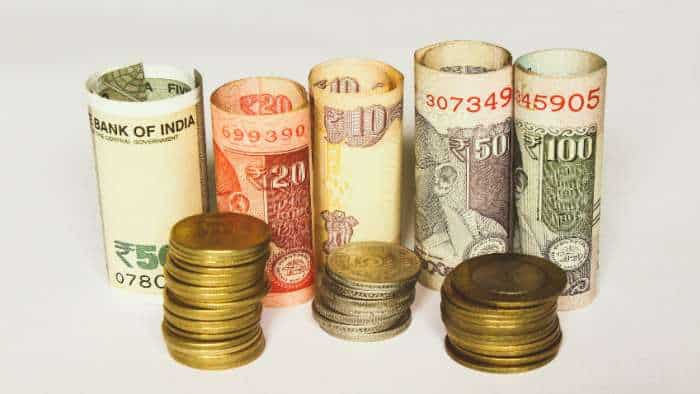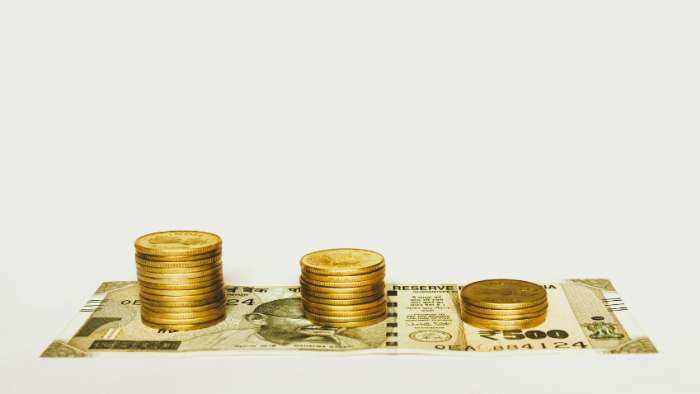What is repo rate? How does it impact you? Definition, meaning, other important aspects that you must know
What is the repo rate? The repo rate, or the key interest rate at which the RBI lends money to commercial banks, plays a significant role in determining the cost of borrowing for individuals and businesses. When the repo rate decreases, banks are inclined to reduce their lending rates, making loans cheaper. On the flipside, when the repo rate increases, banks tend to pass on their higher borrowing costs to consumers. Here's a summary of this key interest rate which impacts you very much.
)
The repo rate, short for repurchase rate, is the rate at which the central bank of a country lends money to commercial banks in the event of any shortfall of funds. It is one among the several monetary policy tools available to a central bank that are crucial in regulating the economy and controlling inflation. The repo rate—or the key interest rate—serves as a benchmark for the interest rates that banks offer to borrowers for various financial products, such as home loans, auto loans, and fixed deposits (FDs).
The repo rate, formally known as the repositioning rate, is a key policy rate that enables a central bank to regulate the supply of money in a banking system.
Here are some of the key things to know about the repo rate:
How does the repo rate impact the borrower?
The repo rate directly influences the interest rates on loans and other financial products offered by banks.
When the central bank reduces the repo rate, banks can borrow money at a lower cost. As a result, banks may lower the interest rates on loans such as home loans, car loans and other auto loans, and personal loans. This reduction in interest rates makes borrowing more affordable for individuals and businesses, encouraging higher spending and investment in the economy.
Other than the repo rate, what are the other types of policy rates?
Some of the other policy rates are the reverse repo rate, the bank rate, the standing deposit facility rate, and the marginal standing facility rate.
What's the correlation between the repo rate and the loan rate?
The repo rate plays a significant role in determining the cost of borrowing for individuals and businesses. When the repo rate decreases, banks are inclined to reduce their lending rates, making loans cheaper. This can lead to increased demand for loans as borrowers find it more attractive to borrow money at lower interest rates.
On the other hand, an increase in the repo rate may result in higher borrowing costs for banks, which then make loans more expensive.
The repo rate directly impacts the interest rates on loans that individuals and businesses avail from banks.
Any change in the repo rate by the central bank can lead to corresponding changes in the lending rates of banks. Therefore, fluctuations in the repo rate can affect the affordability of loans for borrowers.
It is essential for individuals to stay updated about changes in the repo rate as it can influence their decision-making regarding taking loans or making investments.
The relationship between the repo rate and borrowers is crucial in the financial landscape.
Borrowers are directly affected by changes in the repo rate as it influences the cost of borrowing and the affordability of loans.
Here's a summary of what the repo rate is and why it is important for borrowers to understand it thoroughly:
- The repo rate is a vital factor that impacts borrowers and loans in the financial market
- Understanding how the repo rate influences interest rates on loans is essential for individuals looking to borrow money for different purposes
- By staying informed about changes in the repo rate and its implications on lending rates, borrowers can make informed decisions regarding their financial activities
- The repo rate serves as a key indicator of the monetary policy stance and plays a significant role in shaping the borrowing landscape for consumers and businesses
Get Latest Business News, Stock Market Updates and Videos; Check your tax outgo through Income Tax Calculator and save money through our Personal Finance coverage. Check Business Breaking News Live on Zee Business Twitter and Facebook. Subscribe on YouTube.
RECOMMENDED STORIES

Latest FD Rates: Know what SBI, PNB, Canara Bank, HDFC Bank, ICICI Bank are providing on 1-year, 3-year and 5-year fixed deposits

Top 7 Flexi Cap Mutual Funds With up to 52% SIP Return in 1 Year: Rs 20,000 monthly SIP investment in No. 1 fund has generated Rs 3.02 lakh; know about others too
07:35 PM IST









 Wholesale inflation eases to 1.89% in November from 2.36% in previous month
Wholesale inflation eases to 1.89% in November from 2.36% in previous month  Thank you, PM Modi, FM Sitharaman, Team RBI: Shaktikanta Das on his last day in office
Thank you, PM Modi, FM Sitharaman, Team RBI: Shaktikanta Das on his last day in office Will Shaktikanta Das-led MPC cut repo rate on Friday? What you can expect in 2024’s last policy review
Will Shaktikanta Das-led MPC cut repo rate on Friday? What you can expect in 2024’s last policy review At 7-quarter low, has GDP growth bottomed out for now?
At 7-quarter low, has GDP growth bottomed out for now?  Will RBI maintain status quo on repo rate?
Will RBI maintain status quo on repo rate?